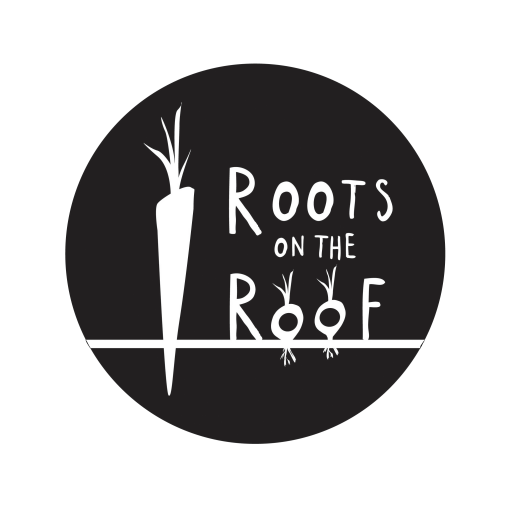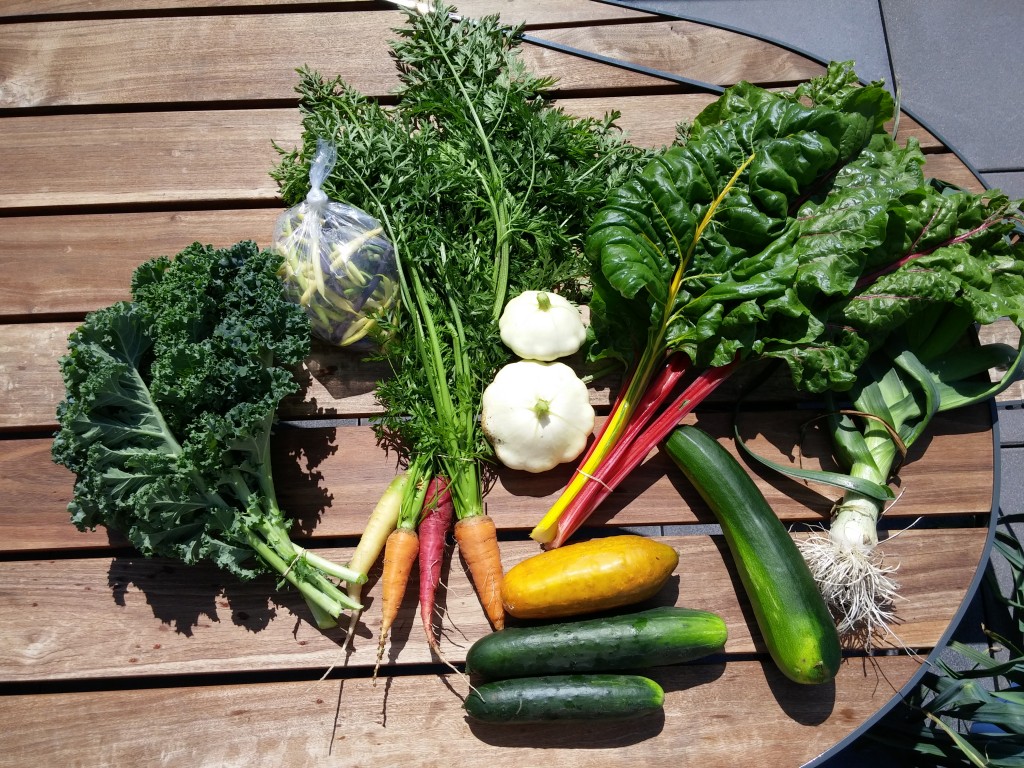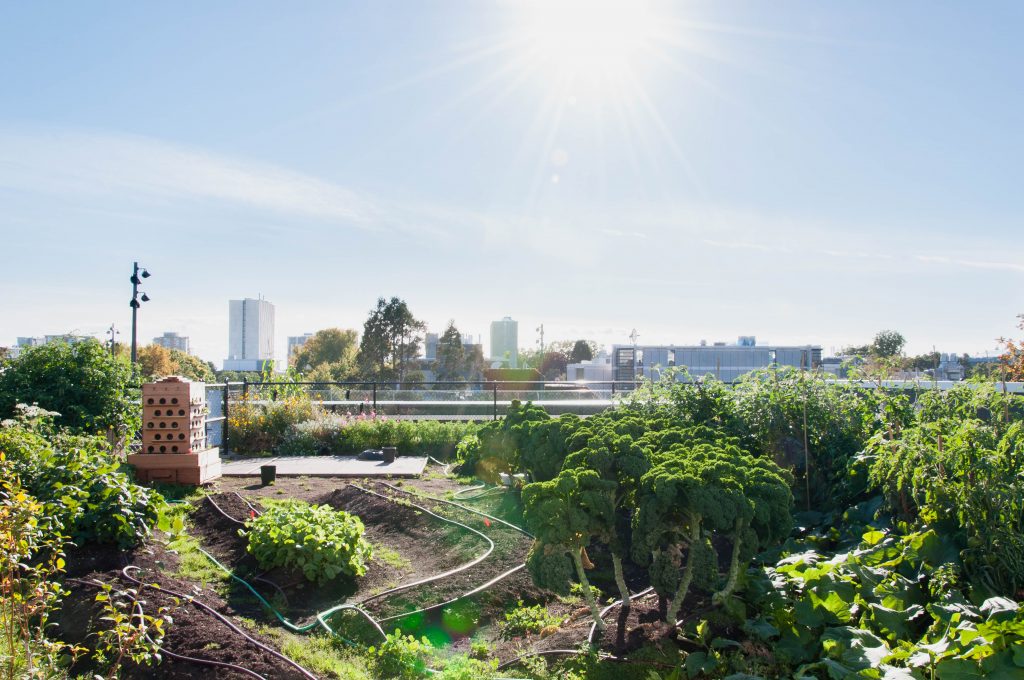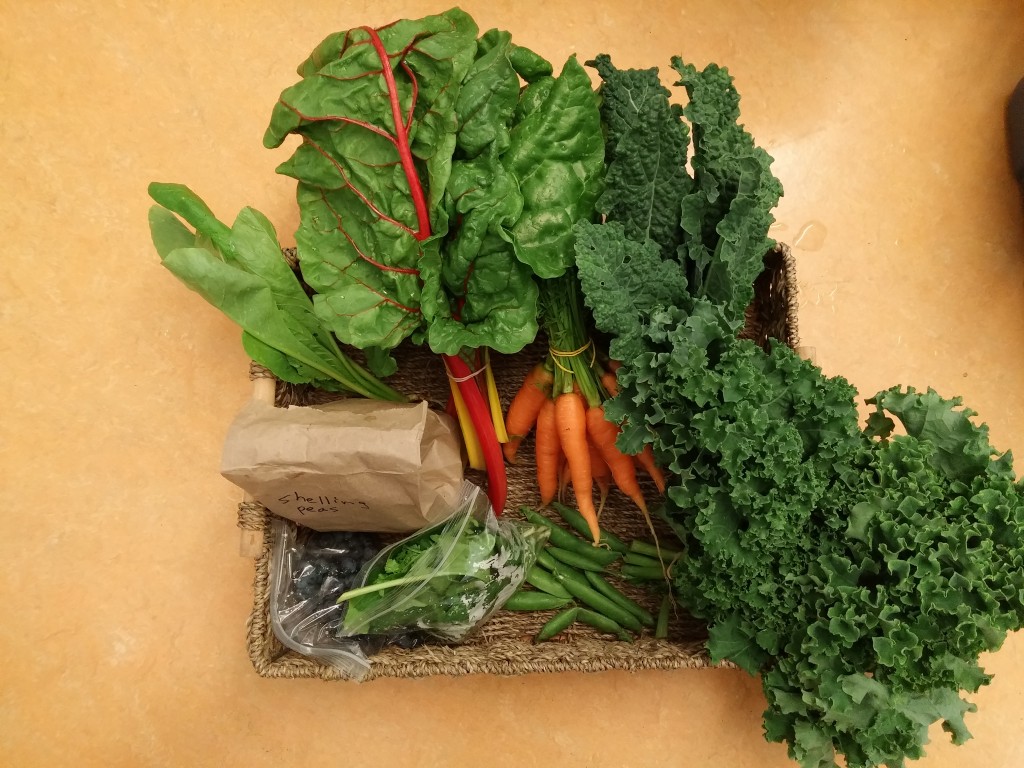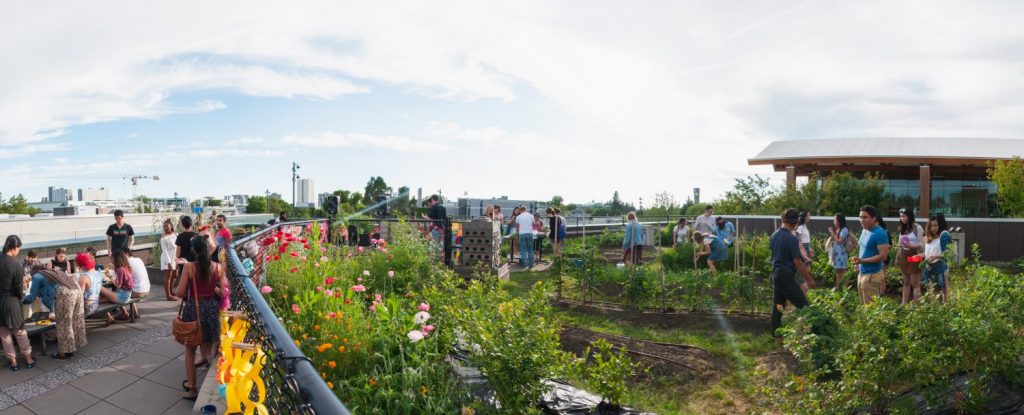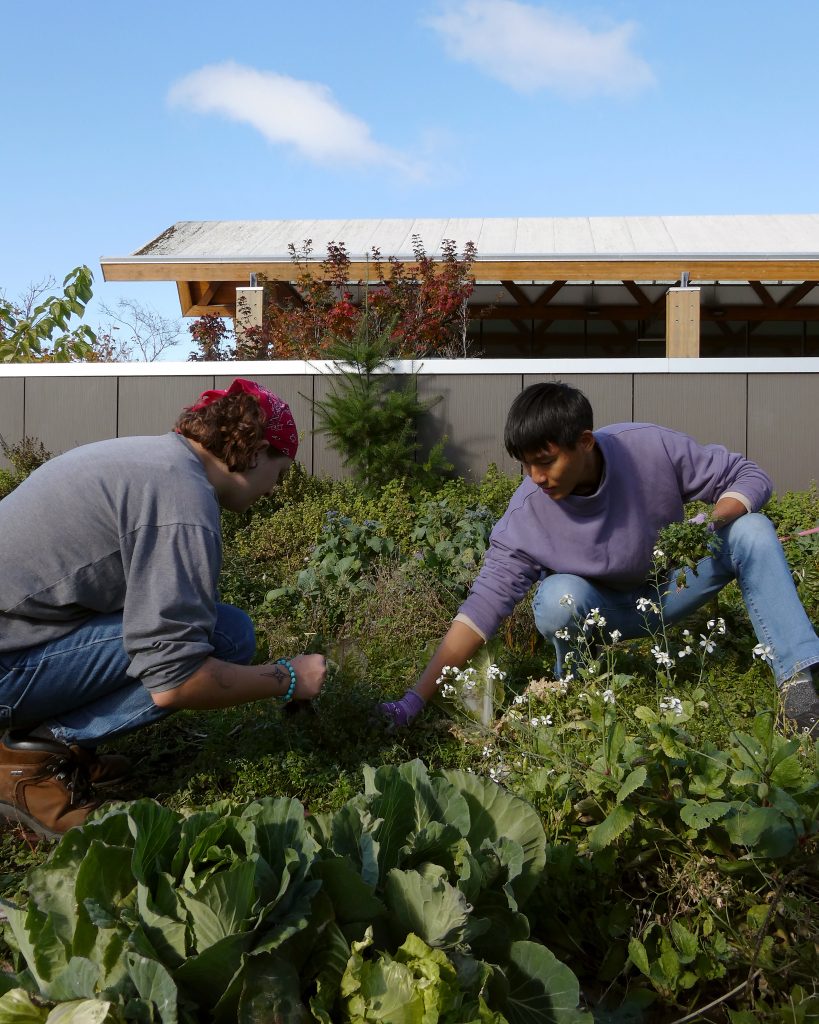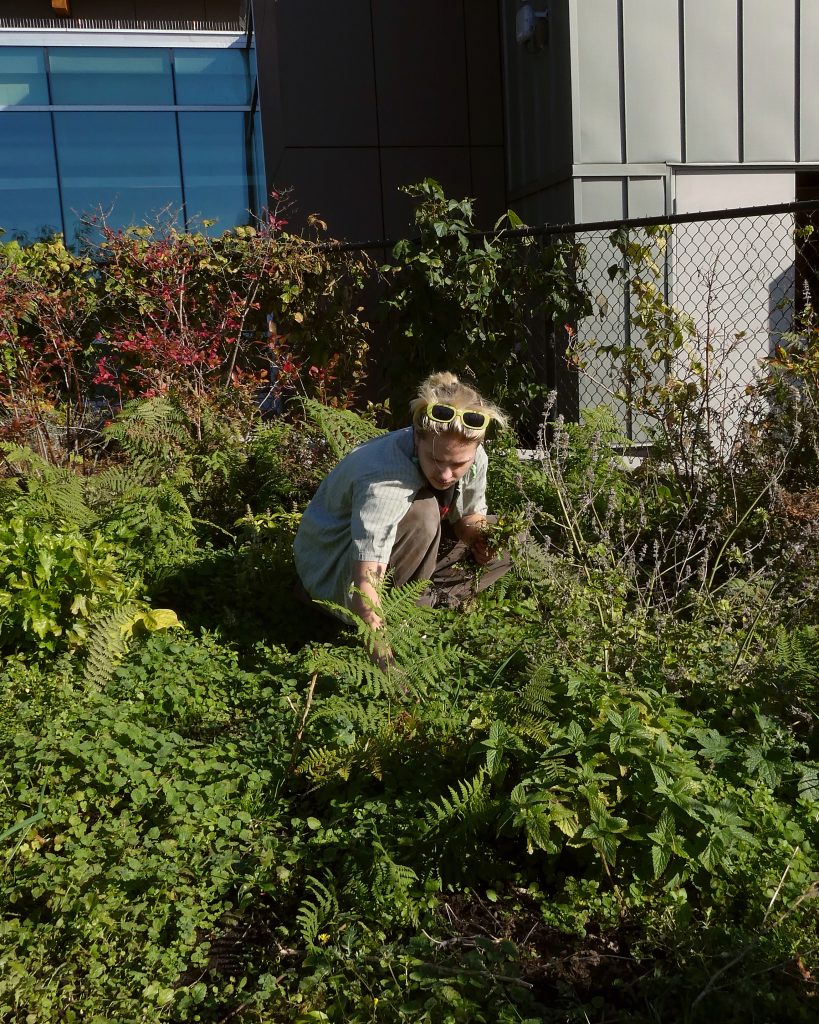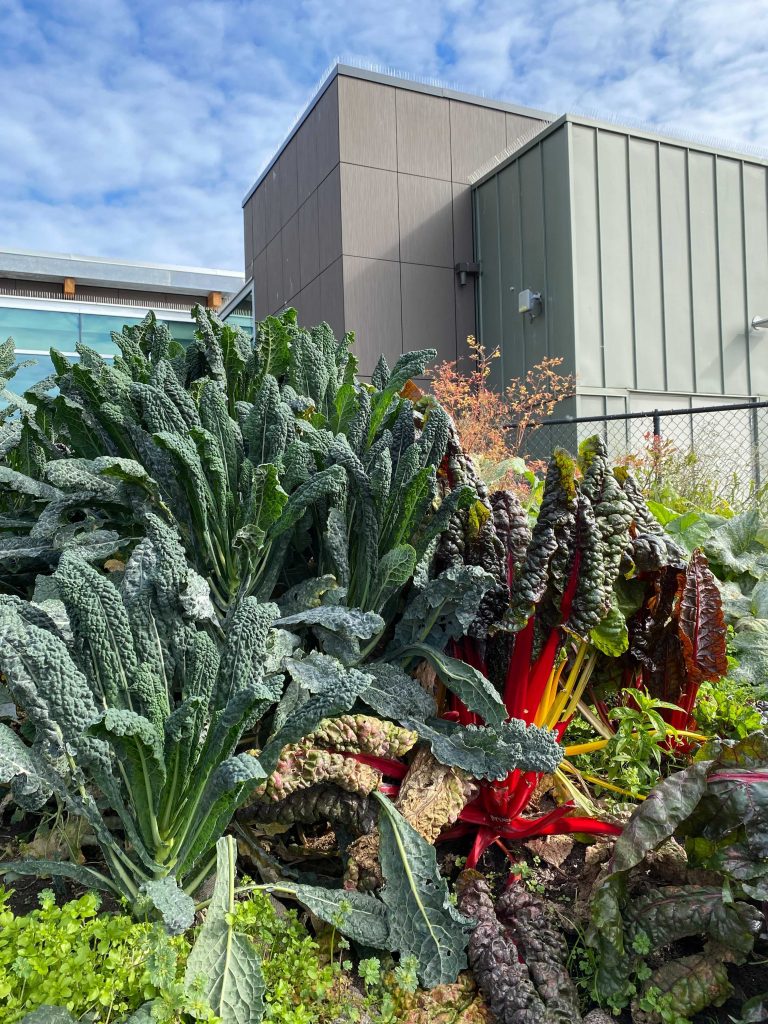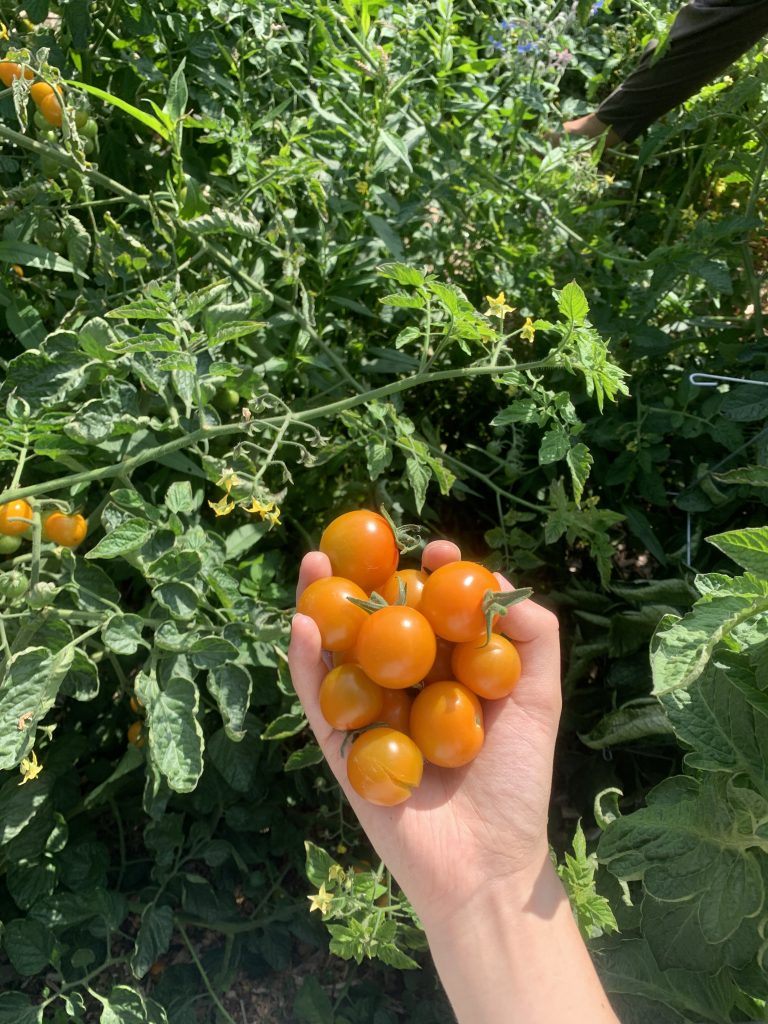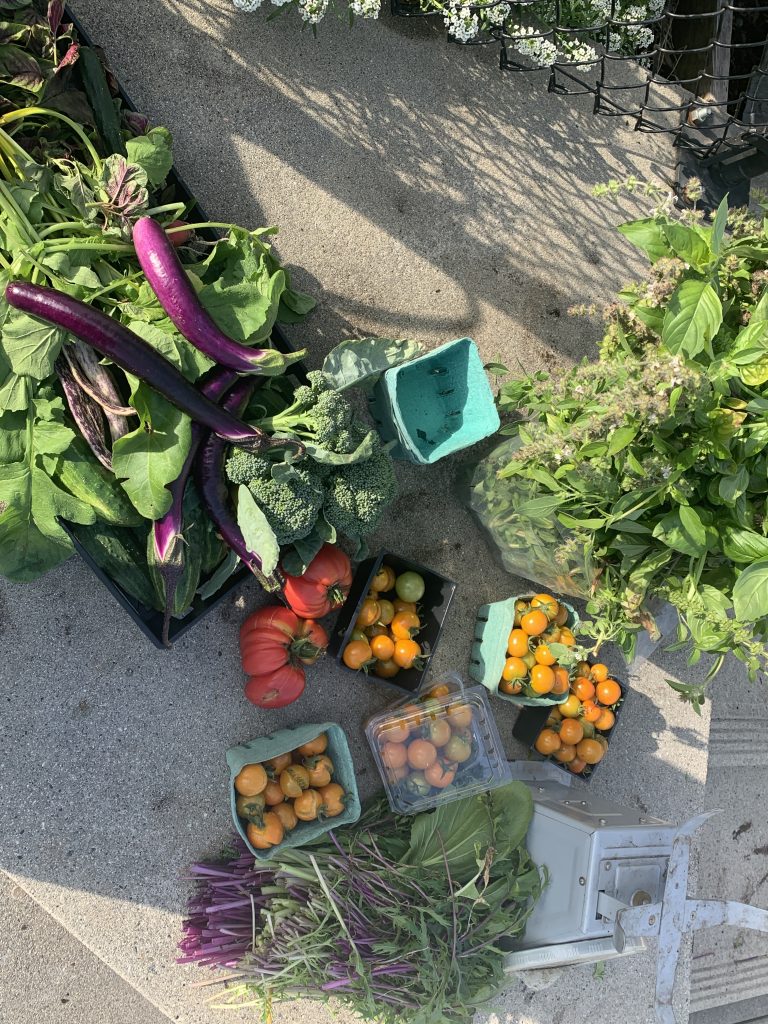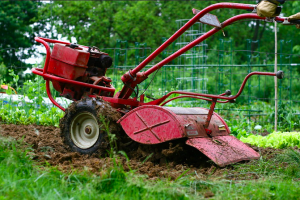There are several popular garden strategies to choose from, each with their own advantages.
Tilling, or turning over the dirt, has been used for about 10,000 years to farm. Rototillers are commonly used to efficiently prepare large areas of land, but simply using a shovel and overturning the dirt by hand is cheaper and more suitable for smaller plots. Tilling works well because the ground will naturally compact during the winter months, and plants grow best in fluffy, porous soil. Till in the spring before planting once the temperature reaches 60 degrees F and the soil is dry enough that is doesn’t clump together. You can also till over a lawn to convert it quickly to a garden plot. However, if your lawn wasn’t cared for organically you may opt to dig up and remove the grass instead and replace it with new soil instead of growing your vegetables on top of all those chemicals.
A major downside to tilling is that it is an unsustainable method that disrupts the soil ecosystem necessary for supporting healthy plant life. It may not look like much, but a handful of healthy soil contains more organisms than the global human population, and is very much alive. Tilling overtime will harm your backyard soil ecosystem. It’s immediate effectiveness makes it an attractive method, but on a large scale leads to desertification and contributes to the fall of civilizations, like the Mayans, Ancient Egyptians, and us today. this reason, and the fact that untilled soil retains moisture better and keeps pests in check, no till methods are rising in popularity. An easy no till method for backyard gardening is to cover the plot with four inches of organic material (compost or manure) topped with two inches of wood chips or straw. Leaves will work as well, although they may invite slugs or rodents to make your garden their home. If you use straw, break it up so it is light and airy. Cover the garden with organic material in late fall once the ground is bare, and again in the spring before planting. Simply push aside the mulch and plant into the organic material below.
To convert a lawn to a garden plot without tilling, try sheet mulching. Cover the grass with newspaper, then a layer of moist cardboard (make sure to remove any tape or staples), then add your four inches of organic material and two inches of mulch. The grass will break down into nitrogen rich soil, and earthworms will eventually eat through the cardboard.
Raised gardens are also popular, and look great. Once you’ve decided where you want your beds, use a shovel to cut out the lawn and remove it from the area. Use planks of wood to build the walls of the bed, then put the lawn back into the bed- roots side up. Avoid using treated lumber because it can eventually make your veggies toxic. Instead, choose a naturally antimicrobial wood like cedar, or use bricks. Cover the exposed grass roots with newspaper, then add 12 to 18 inches of compost on top. If your soil is contaminated, build a raised bed with a barrier on the bottom to prevent you plants from contacting the soil below.
